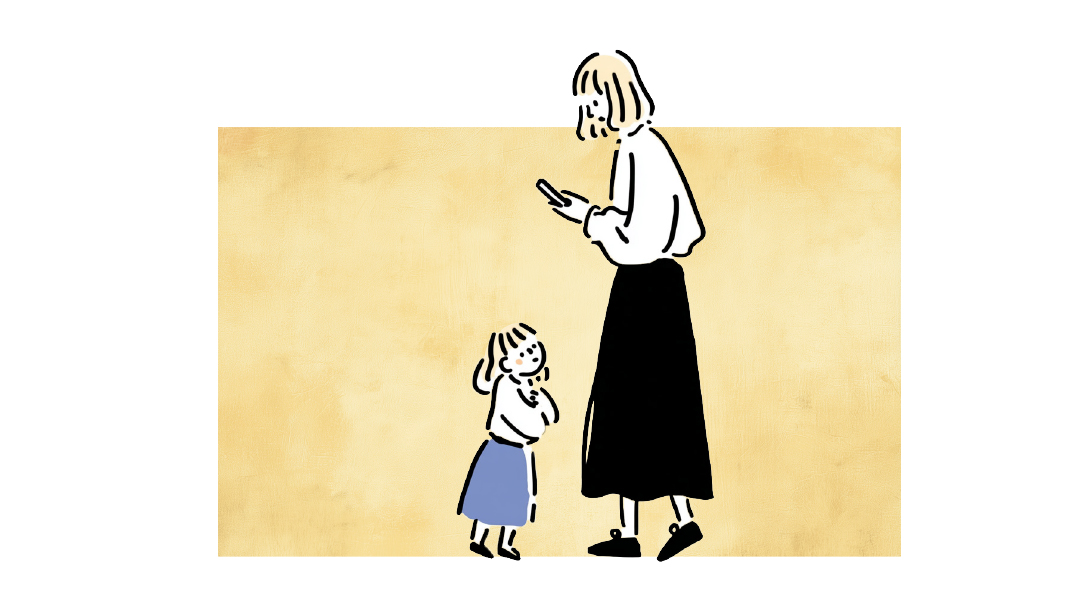The Parent-Teacher Team

Kids learn best when parents and teachers use the same positive educational techniques

N
ow that the kids are settled back in school, the parent-teacher team is ready to meet the challenges the new school year will bring. Working together, this phenomenal team uses similar strategies. After all, children respond the same way to the same interventions whether they’re occurring at home or school. Consistency across environments not only reinforces lessons, it also makes it easier and less stressful to do the learning.
For instance, it’s ideal that a child respects both his parent and his teacher. Halachah requires this respect, but how do the adults command it? Both parent and teacher need to explain the mitzvos involved in honoring and respecting parents. Then, both parent and teacher need to model the desirable behavior in order to facilitate learning (a parent or teacher who screams will obviously have more trouble teaching a child to speak softly and with restraint).
To encourage and maintain respectful speech, both parent and teacher will want to acknowledge and praise the desired behavior when it occurs (“You asked that very respectfully. I appreciate that”).
Finally, in the early days of instilling new behaviors, both parent and teacher will want to reward the performance of the desired behavior in order to help rapidly wire it into the child’s neural network (“And since you asked so respectfully, yes, you can take a short break now”). Model, teach, reinforce with positive feedback — it’s a winning strategy for both parents and educators. Inherently good-feeling, this approach helps children bond with their most significant guardians. The bond itself increases cooperation, compliance, and learning.
Correct Focus
A child exposed to similar pedagogies across the home and school environments knows what to expect and quickly advances. Desirable habits such as complying readily, listening, working independently, participating appropriately, acting in a timely manner, speaking politely, waiting patiently, behaving appropriately with peers (siblings or classmates), cleaning up, helping others, and completing tasks will be seen and encouraged through acknowledgment, positive verbal feedback, smiles, privileges, and other good-feeling forms of adult attention.
On the other hand, undesirable behaviors such as refusing to comply, failing to pay attention, failing to act independently, speaking disrespectfully, interrupting or disturbing, passing deadlines and time limits, provoking peers (siblings or classmates), showing a lack of appropriate concern or empathy, disrespecting property or rules, and acting dangerously will be discouraged in both locations in similar and predictable ways. The parent-teacher team withholds attention (long speeches, glaring eyes, loud voices, etc.) in the face of inappropriate and undesirable behaviors.
These psychology-savvy adults are well aware that, for neurological reasons, paying excessive attention to unwanted behaviors only increases their occurrence. They understand, too, that ignoring such behaviors leaves them firmly in place. They know that teaching desirable behaviors is the antidote to behavioral problems, and that patience and repetition through practice are necessary components of their educational approach.
Correction, when necessary, is carried out briefly and quietly so as not to accidentally reinforce inappropriate behavior through excessive attention, and when possible, privately, so as not to cause embarrassment. Negative consequences are reserved for only the most intractable and unacceptable of misbehaviors. Redirection plus praise is the most common and most powerful corrective tool employed by effective parent-teacher teams.
When things go terribly wrong with a child in the home or in the classroom, effective parents and educators check their “mechanics.” Is the child receiving generous, consistent doses of good-feeling attention for small correct behaviors and also for nothing at all (e.g., unconditional kind, warm, funny, or otherwise pleasant communications)? Is he being redirected from inappropriate to appropriate behaviors, shown what is wanted of him, and supported in doing whatever that is? Does he receive plenty of positive feedback on his slow route to improvement?
Or is the child currently receiving a lot of correction or discipline (being sent to his room or to the principal’s office, losing privileges, etc.) or is he on the receiving end of plentiful shows of disapproval (stern looks, disapproving glares, irritable or harsh tone, unkind words)? The adult recalibrates when necessary and improvement in the child’s behavior almost always follows. When on the rare occasion it doesn’t, professional assessment can point to further strategies to be implemented by the parent-teacher team.
(Originally featured in Family First, Issue 910)
Oops! We could not locate your form.




